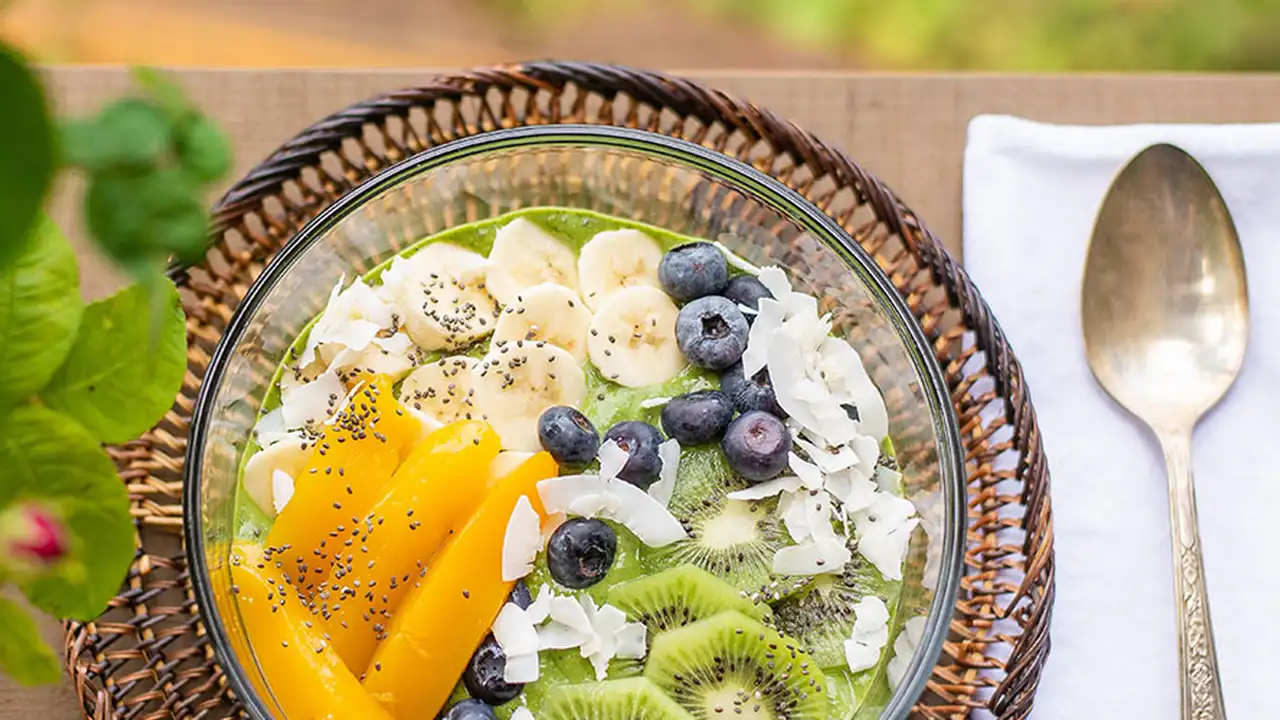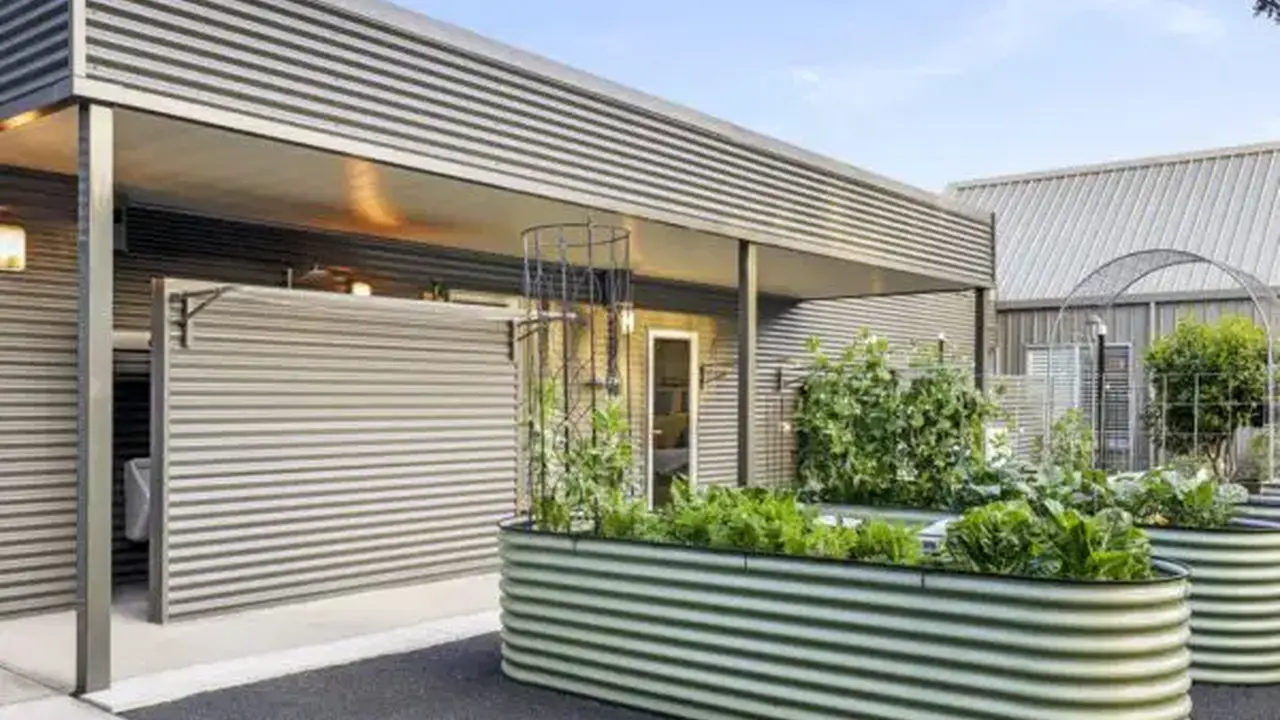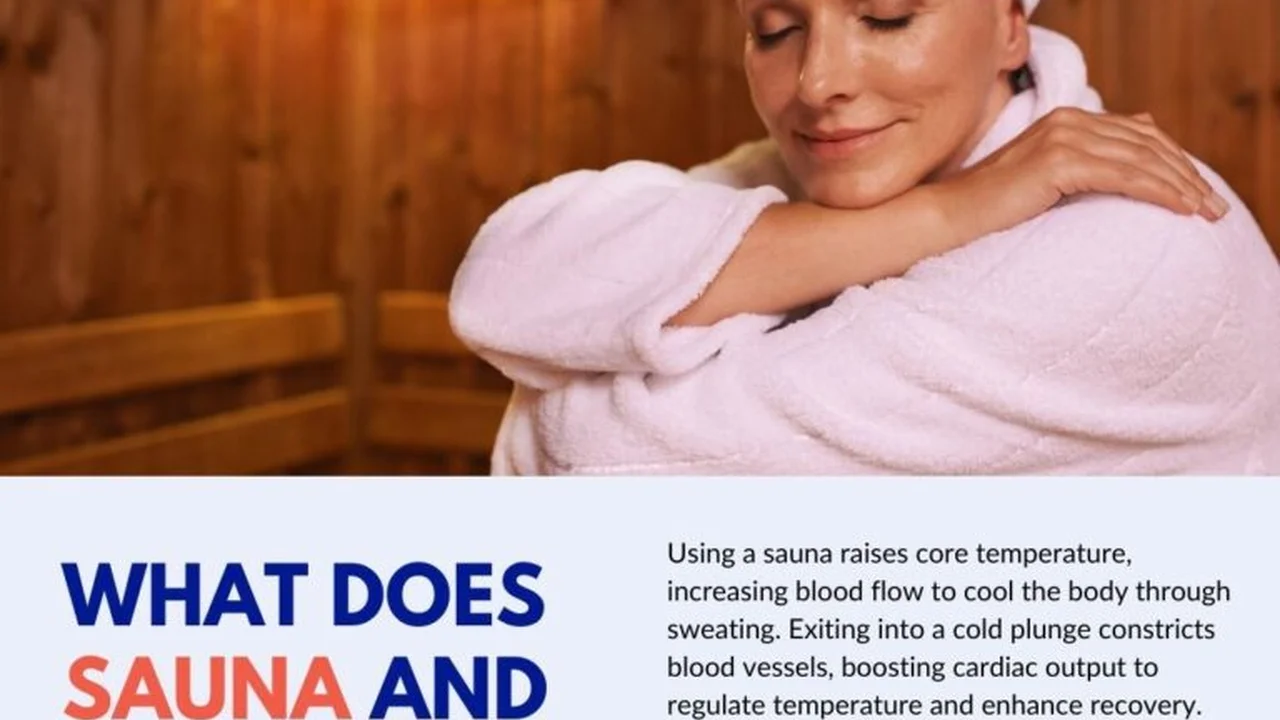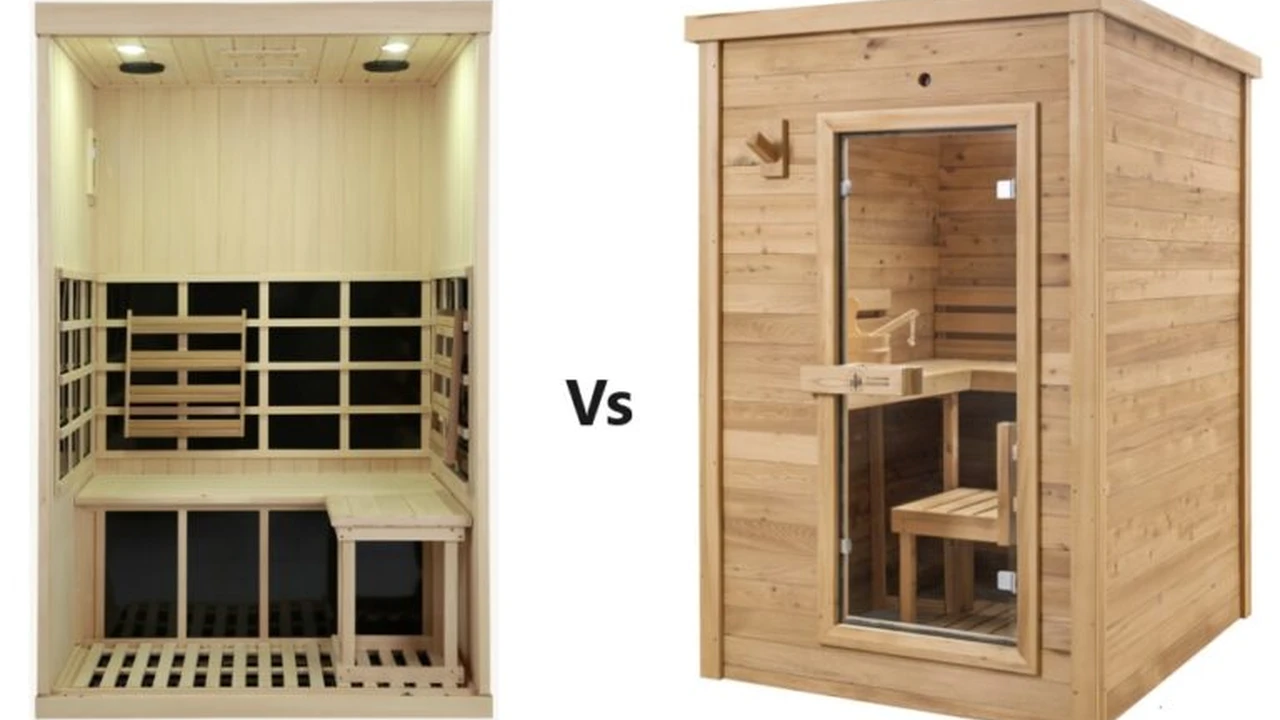3 Essential Summer Hydration Strategies
Stay hydrated this summer with these three essential strategies. Learn about optimal fluid intake and electrolyte balance for hot weather.

3 Essential Summer Hydration Strategies
Understanding Summer Hydration Needs: Why It Matters
Summer is a fantastic time for outdoor activities, vacations, and enjoying the sunshine. However, with rising temperatures comes an increased risk of dehydration. Our bodies are constantly losing water through sweat, breathing, and waste elimination. In hot weather, this loss accelerates significantly, making it crucial to be proactive about hydration. Dehydration, even mild, can lead to fatigue, headaches, dizziness, and impaired cognitive function. Severe dehydration can be life-threatening. This isn't just about feeling thirsty; by the time you feel thirsty, you're already somewhat dehydrated. Optimal fluid intake and maintaining electrolyte balance are key to staying energized, focused, and healthy throughout the summer months. It's not just about drinking water; it's about drinking the right kind of water and ensuring your body has the necessary minerals to absorb and utilize that water effectively.
Strategy 1: Prioritizing Water Intake and Beyond
The cornerstone of summer hydration is, of course, water. But how much is enough, and are there better ways to consume it? The general recommendation of eight glasses a day is a good starting point, but in summer, especially with increased activity, you might need more. Listen to your body, but also be proactive. Carry a reusable water bottle with you everywhere. Make it a habit to sip throughout the day, not just when you feel parched. Infusing your water with fruits like cucumber, lemon, or berries can make it more appealing and add a touch of natural flavor without artificial sweeteners. Beyond plain water, consider hydrating foods. Many fruits and vegetables have high water content and also provide essential vitamins and minerals. Watermelon, strawberries, cantaloupe, oranges, and grapefruit are excellent choices, as are cucumbers, celery, and lettuce. These foods contribute significantly to your daily fluid intake and offer additional nutritional benefits.
For those who find plain water boring, sparkling water with a splash of fruit juice or a few slices of fruit can be a refreshing alternative. Herbal teas, served iced, are another great option. Avoid excessive consumption of sugary drinks, caffeinated beverages, and alcohol, as these can actually contribute to dehydration. While a cold soda might seem refreshing, the high sugar content can lead to a diuretic effect, meaning your body expels more fluid than it takes in. Similarly, alcohol is a known diuretic. If you do indulge, make sure to balance it with plenty of water.
Strategy 2: Mastering Electrolyte Balance for Peak Performance
While water is vital, it's only half the equation. Electrolytes are minerals like sodium, potassium, calcium, and magnesium that carry an electric charge when dissolved in water. They play crucial roles in nerve and muscle function, maintaining proper pH levels, and, most importantly for hydration, regulating fluid balance in and out of cells. When we sweat, we lose not just water but also electrolytes, particularly sodium and potassium. Replenishing these is essential, especially after intense exercise or prolonged exposure to heat.
Many people immediately think of sugary sports drinks when they hear 'electrolytes.' While these can be effective for high-performance athletes, for most people, they contain unnecessary sugar and artificial ingredients. A better approach is to get your electrolytes from natural sources. Coconut water is a fantastic natural source of potassium and has a good balance of other electrolytes. Eating a banana for potassium, a handful of nuts for magnesium, or a pinch of sea salt in your water can also help. For those who are very active or sweat profusely, a well-formulated electrolyte supplement can be beneficial.
Comparing Electrolyte Supplements: What to Look For
When choosing an electrolyte supplement, prioritize those with a balanced profile of sodium, potassium, magnesium, and calcium. Avoid products with excessive sugar, artificial sweeteners, colors, or flavors. Look for clean ingredients and reputable brands. Here are a few popular and highly-rated options:
LMNT Recharge Electrolyte Drink Mix
- Description: LMNT is a popular choice among biohackers and athletes for its high sodium content and zero sugar. It comes in various flavors and is designed to support hydration and performance, especially for those on low-carb or ketogenic diets.
- Key Features: High sodium (1000mg), potassium (200mg), magnesium (60mg) per serving. No sugar, artificial ingredients, or gluten.
- Use Case: Ideal for intense workouts, prolonged heat exposure, or anyone looking to optimize electrolyte intake without added sugar. Great for post-workout recovery or simply as a daily hydration booster.
- Price Range: ~$45-50 for a box of 30 packets.
- Pros: Excellent electrolyte ratio, no sugar, good for keto/low-carb, convenient packets.
- Cons: Can be salty for some, higher price point.
Liquid IV Hydration Multiplier
- Description: Liquid IV uses Cellular Transport Technology (CTT) to deliver water and nutrients into the bloodstream faster. It's widely available and comes in many flavors.
- Key Features: Contains a blend of electrolytes (sodium, potassium) and vitamins (C, B3, B5, B6, B12). Uses some sugar (11g per serving) to aid absorption.
- Use Case: General daily hydration, moderate exercise, or recovering from mild dehydration. Good for travel or when you need a quick hydration boost.
- Price Range: ~$25-30 for a box of 16 packets.
- Pros: Fast absorption, good flavor variety, widely available.
- Cons: Contains sugar, some artificial flavors/sweeteners in certain varieties.
Nuun Sport Electrolyte Tablets
- Description: Nuun tablets are effervescent, dissolving in water to create a light, refreshing electrolyte drink. They are low in sugar and come in a wide range of flavors.
- Key Features: Balanced electrolytes (sodium, potassium, magnesium, calcium, chloride). Low sugar (1g per tablet).
- Use Case: Light to moderate exercise, daily hydration, or as a healthier alternative to sugary sports drinks. Convenient for on-the-go.
- Price Range: ~$7-8 for a tube of 10 tablets.
- Pros: Very low sugar, convenient tablet form, good flavor options, affordable.
- Cons: Lower electrolyte concentration compared to some other options, might not be enough for very intense activity.
Redmond Re-Lyte Electrolyte Mix
- Description: Redmond Re-Lyte focuses on a clean ingredient list and a balanced electrolyte profile, including a significant amount of magnesium and chloride from ancient sea salt.
- Key Features: High sodium (810mg), potassium (400mg), magnesium (60mg), and chloride (1270mg). No sugar, artificial ingredients, or junk.
- Use Case: Similar to LMNT, great for active individuals, those on specific diets, or anyone seeking a robust, clean electrolyte source.
- Price Range: ~$40-45 for a tub (approx. 45 servings).
- Pros: Excellent electrolyte balance, clean ingredients, good value in bulk.
- Cons: Fewer individual packet options, taste can be strong for some.
Strategy 3: Leveraging Technology and Biohacking for Optimal Hydration
In today's world, technology can be a powerful ally in optimizing our health, and hydration is no exception. From smart water bottles to advanced hydration monitors, there are tools that can help you stay on track and understand your body's unique needs.
Smart Water Bottles: Your Personal Hydration Coach
Smart water bottles connect to your smartphone and track your water intake throughout the day. They can send reminders, set personalized hydration goals based on your activity level and climate, and even glow to prompt you to drink. This can be incredibly helpful for those who struggle to remember to drink water regularly.
HidrateSpark PRO Smart Water Bottle
- Description: One of the most popular smart water bottles, the HidrateSpark PRO glows to remind you to drink and tracks your intake via an app. It offers personalized hydration goals and integrates with fitness trackers.
- Key Features: LED smart sensor puck glows to remind you to drink, tracks water intake, syncs with HidrateSpark App, stainless steel vacuum insulated or Tritan plastic options, various sizes and colors.
- Use Case: Daily hydration tracking, reminding forgetful drinkers, integrating with a fitness routine.
- Price Range: ~$60-75 depending on material and size.
- Pros: Effective reminders, accurate tracking, sleek design, good app integration.
- Cons: Higher price point, requires charging.
Thermos Smart Lid Hydration Bottle
- Description: This bottle features a smart lid that tracks fluid intake and temperature. It connects to the Thermos Smart Lid app via Bluetooth.
- Key Features: Tracks intake, displays temperature, calculates suggested daily hydration goals, rechargeable battery.
- Use Case: Basic hydration tracking and temperature monitoring.
- Price Range: ~$40-50.
- Pros: More affordable than some smart bottles, temperature display.
- Cons: Less advanced app features compared to HidrateSpark, limited design options.
Hydration Monitoring Devices: Deeper Insights
For those looking for more advanced insights, there are devices that can measure your hydration status more directly. While not as common for everyday use, these can be valuable for athletes or individuals with specific health concerns.
BIA (Bioelectrical Impedance Analysis) Scales
- Description: Many smart scales now include BIA technology, which sends a small electrical current through your body to estimate body composition, including total body water. While not perfectly precise for hydration status alone, it can give you a general trend.
- Key Features: Measures body fat, muscle mass, bone mass, and body water percentage. Syncs with health apps.
- Use Case: General health tracking, understanding body composition changes over time, including hydration trends.
- Price Range: ~$30-100 for consumer models (e.g., Withings Body+, Renpho Smart Scale).
- Pros: Multi-functional, provides a holistic view of body composition.
- Cons: Not a direct, real-time hydration monitor; accuracy can vary based on factors like recent food intake or exercise.
Wearable Hydration Sensors (Emerging Technology)
- Description: This is a rapidly developing field. Some companies are developing patches or wearables that can analyze sweat composition to provide real-time hydration data. These are still largely in the research or early adoption phase but hold great promise for precise hydration management.
- Key Features: Real-time sweat analysis, electrolyte loss tracking, personalized hydration recommendations.
- Use Case: Elite athletes, individuals in extreme environments, or those requiring very precise hydration management.
- Price Range: Varies widely, often in the higher range for professional/research-grade devices. Consumer versions are still emerging.
- Pros: Highly accurate, real-time data, personalized insights.
- Cons: Not widely available or affordable for the general public yet, may require specific conditions for optimal use.
Optimizing Water Quality: Filtration Systems
Beyond quantity, the quality of your water also plays a significant role in hydration and overall health. Filtering your tap water can remove contaminants like chlorine, heavy metals, and microplastics, making it safer and often more palatable.
Berkey Water Filter Systems
- Description: Berkey filters are gravity-fed systems known for their ability to remove a wide range of contaminants, including bacteria, viruses, heavy metals, and pharmaceuticals, without electricity.
- Key Features: Highly effective filtration, long-lasting filters, various sizes for home or travel.
- Use Case: Comprehensive home water filtration, emergency preparedness, off-grid living.
- Price Range: ~$250-400+ depending on size.
- Pros: Excellent filtration, no electricity needed, durable.
- Cons: Initial cost, slower filtration rate than faucet filters, requires counter space.
Brita Standard Everyday Water Filter Pitcher
- Description: A common and affordable pitcher filter that reduces chlorine taste and odor, as well as some contaminants like copper, mercury, and cadmium.
- Key Features: Convenient, affordable, easy to use, fits in most refrigerators.
- Use Case: Basic water filtration for improved taste and removal of common contaminants.
- Price Range: ~$20-30 for the pitcher, ~$20 for a 3-pack of filters.
- Pros: Very affordable, easy to use, improves taste.
- Cons: Less comprehensive filtration than advanced systems, requires frequent filter changes.
Under-Sink Reverse Osmosis Systems (e.g., APEC Water Systems ROES-50)
- Description: Reverse osmosis (RO) systems provide highly purified water by forcing water through a semi-permeable membrane, removing up to 99% of contaminants, including dissolved solids.
- Key Features: Multi-stage filtration, highly effective contaminant removal, dedicated faucet.
- Use Case: For those seeking the highest level of water purity, especially if tap water quality is a concern.
- Price Range: ~$200-400 for a good quality system.
- Pros: Superior water purity, removes almost all contaminants.
- Cons: Wastes some water during filtration, removes beneficial minerals (often requires remineralization), professional installation may be preferred.
Putting It All Together: Your Summer Hydration Plan
Implementing these strategies doesn't have to be complicated. Start by making small, consistent changes. Keep a water bottle handy, experiment with electrolyte-rich foods, and consider a smart bottle if you need a reminder. Pay attention to your body's signals: dark urine, fatigue, or headaches are all signs you need to drink more. Remember, staying well-hydrated is one of the simplest yet most impactful things you can do for your health and well-being, especially during the warmer months. It supports everything from energy levels and cognitive function to skin health and athletic performance. Make hydration a priority, and enjoy a vibrant, healthy summer.
:max_bytes(150000):strip_icc()/277019-baked-pork-chops-with-cream-of-mushroom-soup-DDMFS-beauty-4x3-BG-7505-5762b731cf30447d9cbbbbbf387beafa.jpg)






